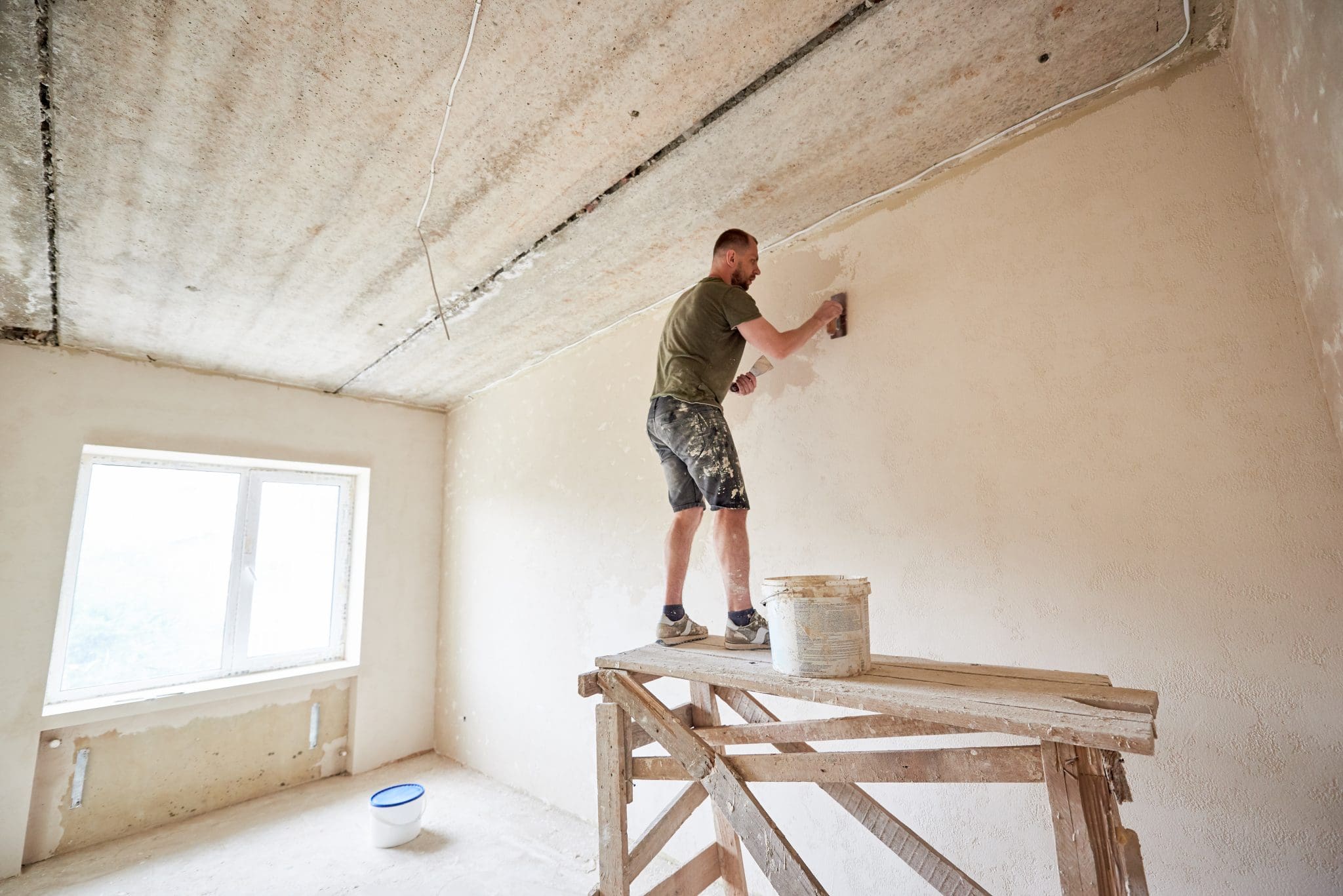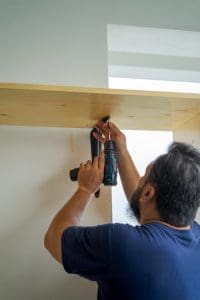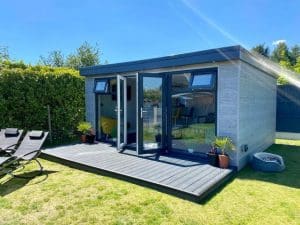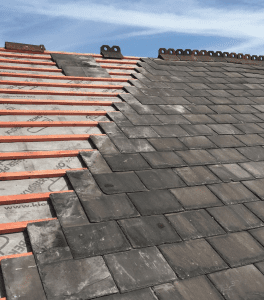When undertaking home improvements or renovation projects, you’re faced with a multitude of decisions, one of the most important being how to finish your interior walls. One key choice is between dry lining and plastering, both of which offer unique advantages in terms of cost, installation, insulation properties, drying times, and final appearance. Selecting the right method depends on your specific needs, budget, and the desired look for your home.
Understanding the difference between dry lining and plastering will help you make an informed decision, ensuring your walls not only look great but also meet the practical requirements of your space. In this guide, we’ll delve into the pros and cons of both methods, offering detailed insights to help you decide which one is best for your project.
What Is Dry Lining?
Dry lining involves affixing plasterboard sheets directly onto walls or ceilings to create a smooth, paintable surface. This method has gained popularity due to its speed and cleanliness, especially when compared to traditional plastering. Dry lining is frequently used in both residential and commercial settings, providing an efficient and cost-effective way to finish walls.
Key Benefits of Dry Lining:
- Faster Installation: Dry lining is much quicker to install than wet plastering, significantly reducing the time required to complete a project.
- Less Mess: The process generates minimal mess compared to traditional plastering, making it a cleaner option for homeowners.
- Ready for Decoration: Once installed, the plasterboard is immediately ready for paint or wallpaper, with no need for extensive drying times.
When Should You Choose Dry Lining?
Dry lining is ideal for projects where time is of the essence. If you’re working to a tight schedule, this method allows you to finish your walls quickly without waiting for plaster to dry. It’s also a great option if you’re looking to improve insulation and soundproofing, as plasterboard can be combined with additional materials like foam boards or mineral wool for enhanced performance.
Common Uses for Dry Lining:
- Residential Properties: Dry lining is commonly used to create smooth, modern walls in homes, particularly in new builds or renovations.
- Commercial Spaces: Offices and commercial buildings often use dry lining for its speed and efficiency, allowing spaces to be completed quickly.
- Bathroom Cladding: Dry lining is frequently used to create waterproof surfaces in bathrooms and kitchens, providing a sleek, modern look.
Essential Components of Dry Lining:
- Plasterboard: Available in various thicknesses, plasterboard forms the core of the dry lining process.
- Insulation Materials: For improved thermal or acoustic insulation, additional layers such as foam or mineral wool can be used behind the plasterboard.
- Adhesive Compounds: These are used to secure the plasterboard to the wall, with methods like ‘dot and dab’ being popular.
- Fixings: Nails or screws are used to firmly attach the plasterboard to wooden or metal framing.
- Jointing Materials: Scrim tape and jointing compound are applied to the seams between boards, ensuring a smooth, even surface.
What Is Plastering?
Plastering involves applying wet plaster to walls and ceilings, creating a smooth, hard finish once dried. This traditional method is more time-consuming than dry lining but offers a higher level of flexibility, especially when dealing with uneven or intricate surfaces.
Key Benefits of Plastering:
- Durability: Plastered walls tend to be more durable and hard-wearing than those finished with dry lining, making them ideal for areas prone to impact.
- Versatility: Plastering can be used on a variety of surfaces, including brick, stone, and existing walls, making it a versatile option for many types of projects.
- Smooth Finish: Wet plaster provides a smooth, seamless finish that is ideal for high-end decorative work.
When Should You Choose Plastering?
If your project involves curved or uneven walls, plastering is likely the better option, as it allows for more flexibility in covering different surface shapes. Wet plastering is also a preferred choice for those looking for a more robust finish that can stand the test of time. While it requires a longer drying period, the end result is a solid, long-lasting wall finish.
Common Uses for Plastering:
- Older Buildings: In properties with uneven or textured walls, plastering is ideal for achieving a smooth, even surface.
- Custom Decorative Work: Plastering is often used in homes with intricate architectural details, as it allows for more customisation.
- Long-Lasting Finishes: For areas that need to withstand wear and tear, such as hallways or commercial buildings, plastering provides a durable, long-lasting finish.
Challenges of Plastering:
- Drying Time: Wet plaster requires time to cure, which can delay your project. In some cases, it can take up to several weeks to fully dry, depending on the thickness of the application.
- Higher Skill Requirement: Achieving a smooth, flawless finish with plaster requires a skilled hand, which can make plastering more expensive due to the need for professional labour.
- More Mess: Wet plastering is a messier process compared to dry lining, potentially requiring more clean-up post-installation.
Dry Lining vs. Plastering: Which Is Right for You?
When deciding between dry lining and plastering, it’s important to consider several factors: the size and shape of the space, your budget, and the desired finish. Dry lining offers a quicker, more cost-effective solution, while plastering provides a more durable, traditional finish.
Advantages of Dry Lining:
- Quick Installation: Ideal for projects with tight deadlines, dry lining can be installed much faster than plastering.
- Cost-Effective: Dry lining is typically more affordable due to the reduced labour and shorter installation times.
- Improved Insulation: Plasterboard can be paired with insulation materials, improving your home’s energy efficiency and soundproofing.
Advantages of Plastering:
- Superior Finish: Wet plaster creates a smoother, more seamless surface that’s ideal for high-end decorative finishes.
- Durability: Plastered walls are more resistant to damage and wear, making them a long-term solution.
- Versatility: Plastering works well on uneven or intricate surfaces, offering more flexibility in design.
Potential Drawbacks of Each Method:
Dry Lining:
- Susceptibility to Impact: Plasterboard is more vulnerable to damage from knocks or heavy objects, especially along joints.
- Installation Challenges in Complex Spaces: Dry lining can be difficult to install in rooms with complex shapes, requiring precise cutting and fitting.
- Potential for Soundproofing Issues: Gaps behind the plasterboard can sometimes lead to reduced soundproofing, particularly if insulation isn’t used.
Plastering:
- Time-Consuming: The drying time for wet plaster can significantly delay a project, especially in cold or damp conditions.
- Higher Cost: Due to the skill and time required, plastering can be more expensive than dry lining, particularly for larger projects.
Choosing the Best Method for Your Home
Ultimately, your decision between dry lining and plastering will depend on the specific needs of your home and the results you’re looking to achieve. If you prioritise speed, cost-efficiency, and insulation, dry lining may be the best choice for you. On the other hand, if you’re looking for a highly durable, smooth finish that can handle complex surfaces, plastering is the way to go.
For expert advice on which method is right for your project, 3D Construction is here to help. Our skilled team offers both dry lining and plastering services, ensuring you get the perfect finish for your home. Whether you’re refurbishing a single room or renovating an entire property, we can guide you towards the best solution for your needs. Contact 3D Construction today to discuss your project and get a quote tailored to your requirements.




